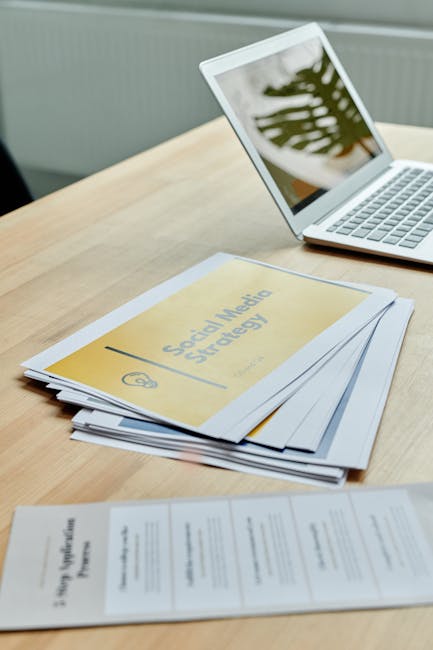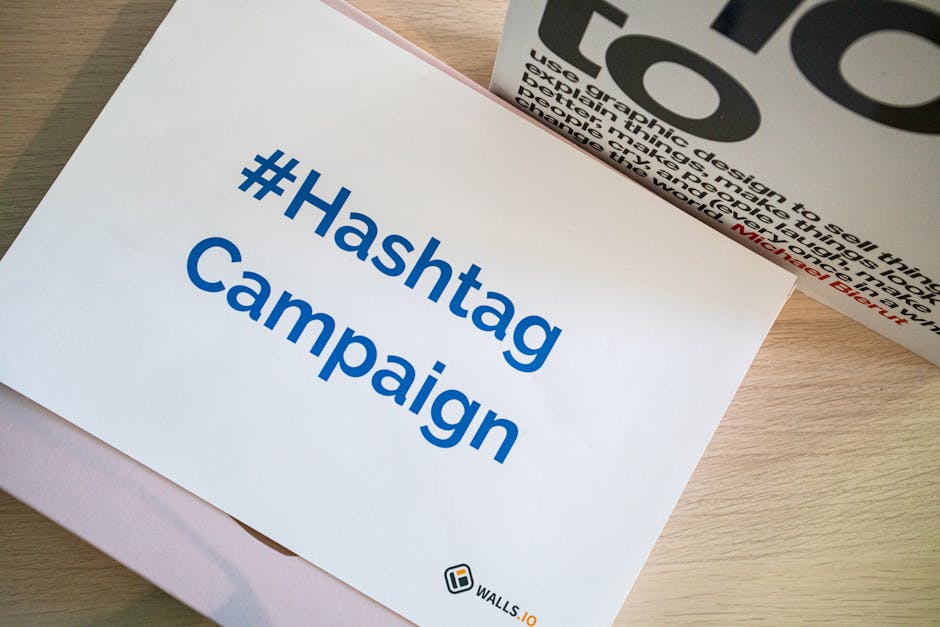We've upgraded our file system to make things even more secure. You can keep uploading the same way you always do - no changes needed. If you experience any issues, please get in touch with us at info@dumontprinting.com, and we'll address the matter promptly. Thank you for partnering with us!
How to Choose Between Offset and Digital Printing for Your Next Marketing Campaign

Choosing between offset and digital printing isn’t just a technical decision — it’s a strategic move that can dramatically shape your marketing outcomes. At Dumont Printing, we’ve helped organizations of every size (from bustling hospitals and banks to local restaurants and startups) make sense of these choices for campaigns that truly perform. We’re here to break it down in practical terms, using our real-world perspective, so you feel confident about your print investment — whether you’re designing high-end employee handbooks, running a targeted mail campaign, or rolling out a vibrant event display.

Understanding the Core Differences
The basic trade-off: offset printing uses metal plates and ink to press your design onto paper (great for large runs and precise color), while digital printing works like a super high-quality home printer — direct from file to print, allowing near-instant start and incredible flexibility. Here’s how to choose what’s right for your project:
1. Consider Your Print Volume — The First Big Decision
- Low to Mid Volume (1–1,500 units): Digital printing shines here. With no setup fees or plate costs, short runs are economical. Whether you’re refreshing your restaurant’s menus or sending out targeted mailers to a select donor list, you’ll keep costs and waste down.
- High Volume (2,000 or more): Offset printing offers unbeatable per-unit pricing once you pass that threshold. Think thousands of brochures for a statewide campaign or informational booklets for a hospital system — offset’s efficiency makes sense.
2. How Fast Do You Need It?
Time pressure is real — and often underestimated in marketing. If you need something yesterday, digital printing is your best friend:
- Digital: Immediate setup, files straight to press. We frequently turn digital jobs around within 1–2 business days (even same day for ultra-rush jobs on flyers, postcards, etc.).
- Offset: Requires custom plate creation, material calibration, and press checks — typically at least 3–5 business days before your prints are even on the press.

3. Personalization & Variable Data — Speak Directly to Your Audience
Today’s campaigns thrive on relevance. Digital printing unlocks the power of variable data printing, so every piece can be unique (think guest names, personalized offers, segmented messaging):
- Digital: Perfect for individualized mail pieces, membership cards, or donor thank-you letters. No extra setup costs for every new version.
- Offset: All pieces must be identical for each press run. Making changes means new plates, delays, and added expense — so not ideal for personalization.
4. Color, Brand Consistency, and Specialty Materials
We know that for certain brands, color isn’t negotiable. If you have rigorous style guides, Pantone® colors, or specialty stocks:
- Offset: Unmatched in color precision (including Pantone® spot colors) and handles an incredible range of stocks — textured, thick, metallic. Big for brands with exacting standards (think luxury goods, banks, or casinos that demand a consistent look across all locations).
- Digital: Fantastic for CMYK color, but some ultra-specific colors or unique substrates might be out of reach. Paper options are wide but not infinite.

5. Finishing Details — From Foil to Folds
Both offset and digital methods offer professional touches, but the range and feel can differ:
- Offset: Handles heavy ink coverage, foil stamping, embossing, and die cuts with stunning results on large runs. Your annual reports, custom packaging, or presentation folders will feel luxe and consistent.
- Digital: Supports many finishes, but if you’re pushing the boundaries (super thick laminates, unique coatings, metallics), offset may be preferable for scale and effect.
6. Budgeting — Let’s Talk Real Costs
We’re always transparent with pricing because surprises help no one. Here’s our quick logic:
- Digital: Lower up-front costs, no plate/setup fees, pricing is stable from 1 to ~1,500-2,000 units. Pay for what you need.
- Offset: Costs drop dramatically at scale. If you’re prepping for a major rollout (bank mailers, hospital info packets), offset will maximize your print dollars on larger orders.
7. Decision Matrix: A Dumont Printing Perspective
- Order under 1,500 pieces? — Opt for digital printing.
- Need quick campaign launches or regional testing? — Digital lets you iterate, react, and adapt with minimal lead time.
- Personalization or segmented marketing? — Digital’s variable data capability makes every recipient feel special.
- Consistent PMS colors, unique substrates, or luxury collateral? — Offset is the gold standard.
- Over 2,000 pieces, same artwork? — Offset wins for per-unit savings and consistent results.

Hybrid Approaches: The Unsung Hero
What if you need both flexibility and scale? Many Dumont Printing clients use a hybrid strategy: run initial tests or personalized campaigns through digital, then lock in the final, large-scale production on offset for nationwide launches. This lets you fine-tune design, messaging, and offers before committing your full budget.
Other Real-World Considerations We See
- Distribution & Fulfillment: If you’re shipping worldwide or need kitting and custom packaging (for tradeshows or fundraising campaigns), starting with digital for market segments can streamline production and fulfillment timelines. We can help coordinate both print and logistics for you.
- Environmental Impact: Both methods have sustainable options — recycled stocks, soy inks, and energy-efficient presses. Digital can mean less waste for short runs; offset can mean more efficient resource use at scale. Ask us about sustainability features for your next project.
Summary Table: Offset vs. Digital At-a-Glance
| Feature | Offset Printing | Digital Printing |
|---|---|---|
| Best for Volume | 2,000+ | 1–2,000 |
| Turnaround | 3–7 days | 1–2 days |
| Personalization | Not practical | Ideal |
| Color Range | Superior (Pantone) | Excellent (CMYK) |
| Material Options | Broad | Standard to Premium |
Final Thoughts: Our Commitment to Your Success
Making the right printing choice isn’t just about specs — it’s about matching your campaign goals, budget, and timelines to the right technology. At Dumont Printing, we don’t believe in one-size-fits-all. We’ll talk through your needs — whether you’re looking for variable data direct mail, glossy trade show graphics, or eco-friendly fulfillment across regions — so you make the choice that’s right for you, not just what’s fastest or cheapest.
If you’re weighing your next campaign and want insights from experts who care about the results as much as you do, connect with us at Dumont Printing. We’re always happy to consult, quote, and guide you through every option for print marketing success!
